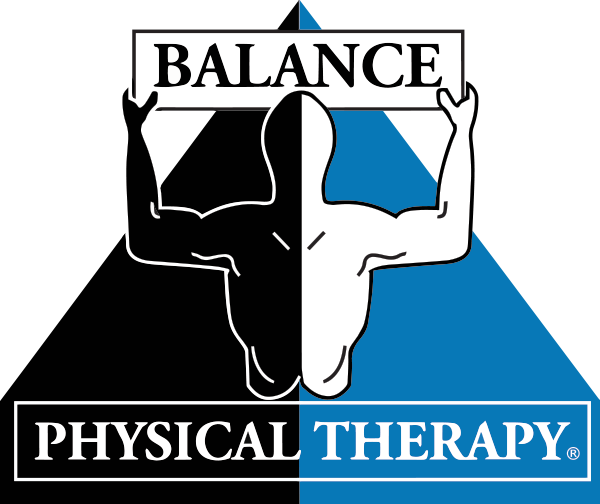The stronger and more balanced your muscles are before joint replacement surgery, the stronger and better off you will be after.
That’s the philosophy behind a physical therapy-based regimen called prehabilitation (a.k.a., ‘prehab’), says Salinas physical therapist Dr. Miguel Vargas, PT, CSCS.
“Getting your muscles strong prior to surgery is going to help you heal after surgery, allowing you to recover much more quickly during post-surgery rehabilitation,” said Dr. Vargas, clinical director at Balance Physical Therapy & Human Performance Center in Salinas. “This is the ultimate goal of prehabilitation.”
Research supports the effectiveness of PT-based prehabilitation for the 600,000 who have knee replacements and the 300,000 who have hip replacement surgeries in the U.S. each year.
A study published in the Journal of Bone & Joint Surgery (2014), for instance, showed that physical therapy before joint replacement surgery – a prehabilition program, in other words – can reduce the need for post-operative care by nearly 30 percent.
“As soon as you find out you’re having joint replacement surgery, you’ll want to start a prehabilitation routine,” said Dr. Vargas. “The more we can do to strengthen your body before surgery, the quicker you’re likely to get back to your prior functional status.”
According to Vargas, all prehabilitation regimens are customized based on the individual needs, goals and limitations of the patient. For all patients, however, a typical prehab program will include warm-ups, resistance/strength exercise, cardiovascular work, and an emphasis on flexibility and practicing functional tasks.
The immediate goal is to improve strength, functional mechanics, body awareness and overall fitness level. Pain management is also important, Vargas says.
“Whether it’s through soft-tissue work, working on range of motion in the joint, stretching muscles, or using pain modulation devices such as electrical stimulation, we work with all patients to help manage their pain up until the day they have surgery,” he said.
The use of an AlterG anti-gravity treadmill, for instance, makes it possible for Balance Physical Therapy patients to improve strength, range of motion and endurance without placing unnecessary impact on troubled joints.
Finally, prehabilitation provides physical therapists with an opportunity to prepare patients for the mental aspect of post-operative rehab, educating them about what to expect immediately after surgery and coaching them on exercises they will need to know during post-operative rehabilitation.
“With their busy schedules, surgeons unfortunately don’t have enough time to go over many of the intricate details that come with a major surgery like a joint replacement,” Vargas said. “A physical therapist can focus more one-on-one time with you to answer questions and explain the journey you’re about to go on. This helps relieve anxiety during a time that’s often stressful for the patient and his or her loved ones.”
And, if a patient can’t make it into the clinic or isn’t ready to leave the home during this age of social distancing, Balance Physical Therapy offers in-home or Balance Live telehealth visits and treatments. Call (831) 372-4782 for more information about prehabilitation, Balance Live telehealth, and in-home visits.

